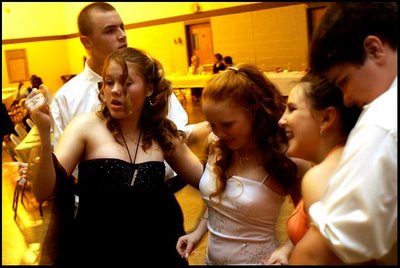When it comes to photography, nothing is more special than having your photos published in a big name outlet, New York Times, National Geographic and Sports Illustrated. I so far have only been in Sports Illustrated. While this is a goal of most people, there are also more important concerns for photojournalist.
Community Journalism. Those two words are bittersweet to most journalists in both written and photographic mediums. A lot of people may not admit it, but when it gets down to the nitty-gritty, all you have is family, and sometimes your community family.
Iraq, Jakarta, South Africa, New Orleans, they are all important places and many photographers are ready to rush there in a moments notice, but who will be the voice of your hometown? Does a photographer go to these places because a photo they take will make a difference, or do they go to pad their portfolio and win contest? If the answer is the latter, I suggest that you not go more people will come behind for the same reasons, some with honest intentions to make a difference.
Community Journalism comes from the heart. It’s not something that you learn in class, it’s not something that you do within the confines of your cubicle; it’s something that you must actively participate in. Yes, it may not change the world, but it will change the life of someone, and that someone may be the person who needs it the most. The person who will be most affected by it will be you.
A lot of International work takes deep pockets, extended amounts of time and can strain resources to no extent, but have you ever thought about the stories that need to be told in your own community? Right now, there could be someone dying from cancer, someone celebrating the birth of a child, or rejoicing that a loved one is home, and it is a challenge, it’s always a challenge, but it’s worth it.
Instead of going to a land where you don’t speak the language or you my die from your actions, why not play it safe and explore your own surroundings. Go outside or to a park, and sit on the ground. Shut your eyes and listen. Don’t just hear a sound but visualize it, try to see the sound, recreate the scene in your mind, with your eyes shut. Think about what direction it came from, what was it? Was it human or something else? Then open your eyes and go photograph that subject. That’s how you learn to “see” and that’s only one way, and there are so many more!